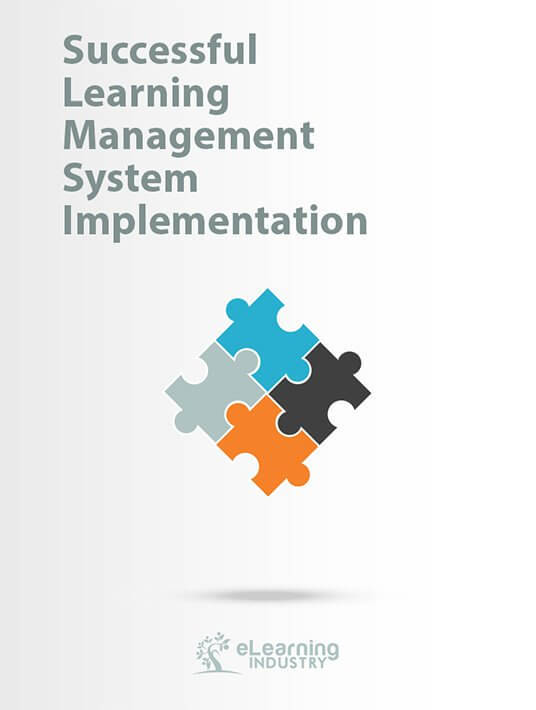It can take between three to six months to implement a new cloud LMS, and between six to nine months to implement an on-premise LMS for a large corporation or extended enterprise. A new LMS implementation or migration to a new system can be quite disruptive to an organization. Therefore, determining success often begins before the implementation project is begun. Here are the key questions to ask when planning an LMS implementation project to ensure its success.
1. Who Needs To Be Involved In The Implementation Project?
To help achieve acceptance of your new LMS and ensure that works for all users, it is important to involve representatives from several departments in your organization to help define and agree the requirements and scope of the project. These may include: IT, Professional Development, HR, Membership, Finance, or Marketing. However, you may wish to have a smaller core team that is responsible for executing the project, and bring in members from other departments as appropriate during different stages of planning and implementation. To ensure clarity of communication, it is a good idea to nominate one or two people to be the main contacts for the LMS and AMS vendors. The Project Manager needs to keep everyone focused to avoid scope creep and cost overruns on the budget.
2. How Will You Define Your Requirements?
In order for any LMS implementation project to be successful, it is important to plan and clearly define your requirements. Your requirements list will help you to determine the metrics by which you will measure the success of the technologies and resources you will use to deliver your program, and the suitability of different LMS platforms.
There are some great resources out there to help you define your requirements and determine the scope of your project. You may choose to work with an analyst, use an RFP template, or keep the planning in-house, relying on the experience of your project team and input from your learners.
If keeping the planning in-house, some questions you may need to ask include:
- What type of education will you offer – conferences and seminars, blended learning, online courses, offline materials, or a mixture of all of these?
- What other technology will you require to deliver the eLearning program most efficiently to your learners – content authoring tools, webinar platforms?
- Which content standards will you need to support – SCORM or Tin Can / Experience API?
- How can you make it easier for your learners to access your content?
- Do you need an LMS with responsive mobile design?
- Will you need to track continuing education credits? What types? Can the LMS handle multiple credit types and rules?
- What reports and information will you need to evaluate your eLearning programs?
3. What Systems Do You Need To Integrate With?
One of the key decisions the project team will need to make is: what data do you want to share between the LMS and other software systems? The project team will need to decide what data is important to share between the LMS and other systems to ensure efficient administration.
For example, the LMS is a repository for learner data including training history and certifications. You may wish to integrate with a database, such as a CRM, ERP, or AMS, which would store more detailed personal information on your learners. Shopping cart, that is eCommerce integration, may be required to record purchases for eLearning offerings.
One thing to be careful of when integrating your LMS to another system is that not all vendors offer a two-way integration. This means that administrators may be required to log in to the LMS separately to access and report on learner data. A strong two-way integration makes administration more efficient, as the information can be shared and synced between the two systems.
4. Have You Budgeted For All Requirements?
When planning an LMS implementation project, it is important to consider a number of items for your budget. Depending on the functionality of the LMS you choose, you may need to request customizations to ensure the system can perform as you require. You may also need to migrate eLearning content from a legacy system, or decide that you require professional services to provide consultation on best practice. These services may result in additional costs and time needed to complete the LMS implementation, and will vary from vendor to vendor.


